How to Use the BRRRR Strategy on Commercial Property
There are many different commercial real estate investing strategies.
And they run the gambit from simply lending money to other investors to running entire redevelopments.
Whether you’re looking to grow your commercial portfolio by flying solo or with a group of investors, the BRRRR method is a wonderful way to invest in real estate.
In fact, it’s the strategy that I used to acquire 4 office buildings last year in Nashville.
So, let’s dive into the BRRRR strategy using one of those buildings, 4015 Travis Drive, as an example.
First, What Is A BRRRR?
BRRRR stands for Buy, Rehab, Rent, Refinance, and Repeat.
It’s been made popular thanks to the hosts at BiggerPockets, who have given many examples of how this strategy can be used in residential investing.
The goal is to buy an undervalued property, rehab only the parts that will add or create value, rent the property out to tenants, refinance the property based on the new value or income, and move on to the next project.
Today, we’re going to be covering how to use the BRRRR strategy on commercial properties.
Buy
The first step of the BRRRR method is to buy an undervalued property. There are many reasons as to why a property could be undervalued.
Maybe the owner doesn’t know what it’s worth. Maybe the property needs to be rezoned or re-positioned. Maybe the property just has a significant value-add component.
We bought 4015 Travis Drive in June of 2019. I had my eyes on that project since it came across my desk in November. The seller and I traded offers back and forth for several months before finally coming to an agreement.
I utilized the 5th step of my 5 Steps to Buying Your First Commercial Property: make an offer a week. And don’t be afraid to make the offer that works for you.
The owner was asking $1.3 million for the 12,070 sq. ft. office building and it had been sitting on the market for a bit. I offered $850,000 to open the door. Most investors wouldn’t be willing to make an offer that low. But if you never make the offer, you’ll never get the deal.
We ended up settling at $980,000 on the building - $320,000 under asking and only $81.19 per sq. ft. With replacement costs sitting at around $130.00 per sq. ft. plus the cost of the land, we certainly knew that we had bought right.
Rehab
Before you close on the property, you need to have your budget together for rehab.
Walk through the project with your commercial contractor and get a game plan together for the aspects of the building that you intend to improve upon.
Something important to keep in mind: do not over-rehab the property. I see investors do that all the time. They get too attached to the project and want to renovate it to the standard they would want to see out of an owner-occupied space.
Yes, you need to fix anything serious, like the roof and foundation, and you need to improve the space, but only renovate aspects that you know will increase the value of the space in a tenant’s eyes.
You are not renovating this property to the comps - you’re renovating it to produce a higher net operating income.
On 4015 Travis Drive, we decided to increase the curb appeal first. We repainted the exterior, sealed and striped the parking lot, updated the exterior doors, and added new landscaping. These updates gave the building an immediate bump in status.
On the interior, we painted the walls, upgraded the doors, replaced the countertops in the common area kitchen and bathrooms, and replaced the floor with a sturdy hardwood LVP.
Our renovation budget was around $230,000 for all 12,070 sq. ft. - right around $20.00 per sq. ft.
Again - every single one of these aspects was intended to help a tenant see the immense value they were getting by renting with us so they would lease the space.
Rent
It’s very important that you have a quality leasing brokerage and property management team.
When you’re undergoing these renovations to the property, they will be able to begin marketing the space and touring tenants so they can start pre-leasing the space before you have delivered it.
Of course, the faster you rent the space, the faster you can refinance and move on to the next project.
The beauty of the BRRRR strategy is the rental rate you need to achieve to make the deal successful. Since you’ve bought well below market, you should be able to achieve market rents for what the building was prior to your acquisition.
Why would you do that?
Because the lease up for the property will be very aggressive.
Think about it - if tenants are looking at your beautifully renovated property and comparing it to older, run down projects in the area that are at the same price point, they’re likely going to choose your project.
That’s what we did at Travis Drive.
Market rents for office space in that area were in the low $20s per sq. ft. When we brought the project to market for rent, we priced it in the low $20s per sq. ft., which pushed tenants to the project. They couldn’t believe how nice the space was after touring other similarly-priced office buildings.
Now - yes, the NOI does have a direct impact on your property’s value and therefor the amount of cash you’ll be able to pull out on a refinance. But the BRRRR method isn’t designed to bring you the absolute maximum value on the property.
You want to use this BRRRR strategy to quickly rent out a property, refinance it, and move on to the next project so you can continue building your portfolio.
Refinance
The refinance is where commercial property truly stands apart from residential real estate when using the BRRRR method.
While residential properties are valued based on comps, commercial real estate is valued based on the net operating income through cap rates.
The higher the NOI and the better quality the tenants, the lower a cap rate your bank will place on the asset, which will in turn give you a higher value on the property.
We aim to refinance these commercial properties the second they are stabilized (typically around 85-90% occupancy).
Since we’re not quite finalized on our Travis Drive project (I’ve only owned it for about 10 months at the time this article was written), I will give you our projected refinance terms.
With an average rental rate of $23.50 per sq. ft. and operating expenses of $7.50 per sq. ft., we expect to bring in an NOI of $173,808 per year at 90% occupancy. At a 7.5% cap rate, which we feel is a bit conservative (I always recommend that all of your numbers lean heavily to the conservative side - you never know what could happen) the property will be valued at $2,317,440.
We will then refinance at that value with 20% equity remaining in the deal. After paying off our loan, we will walk away from the refinance with north of $900,000 - 2x the equity necessary to purchase the building AND we still own the project, which cash flows.
That’s right - we won’t just pull out 100% of our capital. We’re going to pull out 200% of our capital and still own the property. And the timeline? Projected to be 36 months, with our realistic estimates in the 18-24 month range.
Repeat
The final step of the commercial BRRRR strategy - repeat.
Now that you’ve successfully completed this project, it’s time to go replicate it!
Using the BRRRR method, you can see how quickly you can grow your portfolio of commercial real estate investments.
What to Keep in Mind When Using the BRRRR Strategy
Seasoning the Deal
Depending on your lender and their requirements, they may want you to season the deal. “Seasoning” a deal means giving it time to settle in after stabilizing it so that there is enough data to prove it is actually stabilized.
I’ve found that letting the lender know our strategy ahead of time can help cut down on the time needed to season a deal, if any.
However, if your lender does require you to season the deal, you shouldn’t have any issues in the short-term by having to wait on the refinance. You’ve bought the property right, you rehabbed right, and if you rented to the right tenants, you should cash flow just fine in the meantime.
Financing the Deal
When we finance the project on the front end, we combine the construction loan with the acquisition loan.
I also recommend discussing an interest-only period with your lender. And if you have a good enough relationship, go for an IO period with interest carry in the loan.
An interest-only period is a time when you’re only responsible for paying the interest on your loan, cutting your monthly carry costs significantly while you’re renovating and repositioning your project.
If you’re able to get interest carry added in, then your lender is essentially lending you the money to make those monthly interest payments, so you won’t have to come out of pocket for those costs.
Having some sort of interest-only period, such as 12 or 18 months, isn’t uncommon for commercial projects that are being renovated and repositioned, so your lender should be familiar with the process.
Get the underwriting models we use for all of our BRRRR investments:
Share This Article:
About The Author:
Tyler Cauble, Founder & President of The Cauble Group, is a commercial real estate broker and investor based in East Nashville. He’s the best selling author of Open for Business: The Insider’s Guide to Leasing Commercial Real Estate and has focused his career on serving commercial real estate investors as a board member for the Real Estate Investors of Nashville. Learn more at www.TylerCauble.com








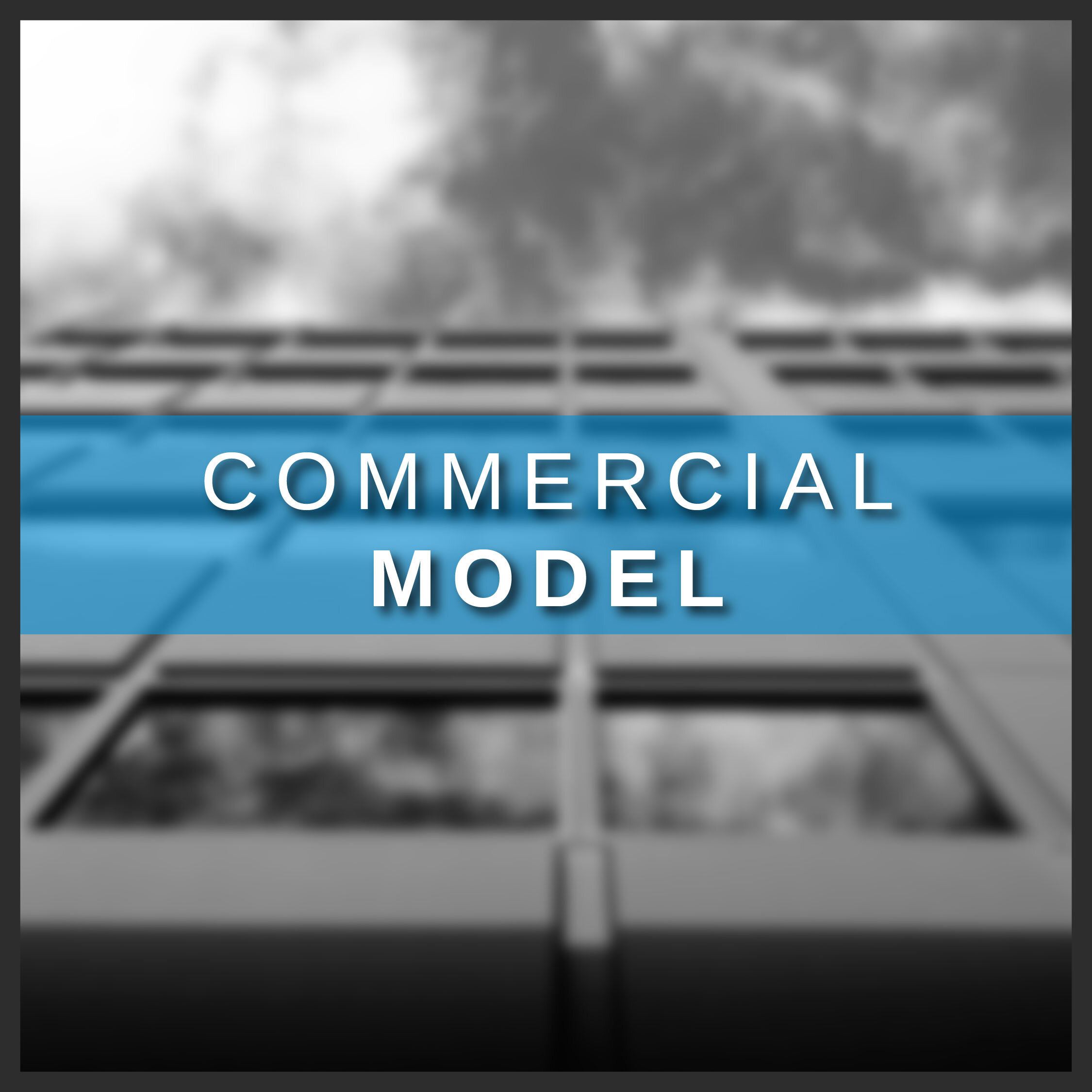
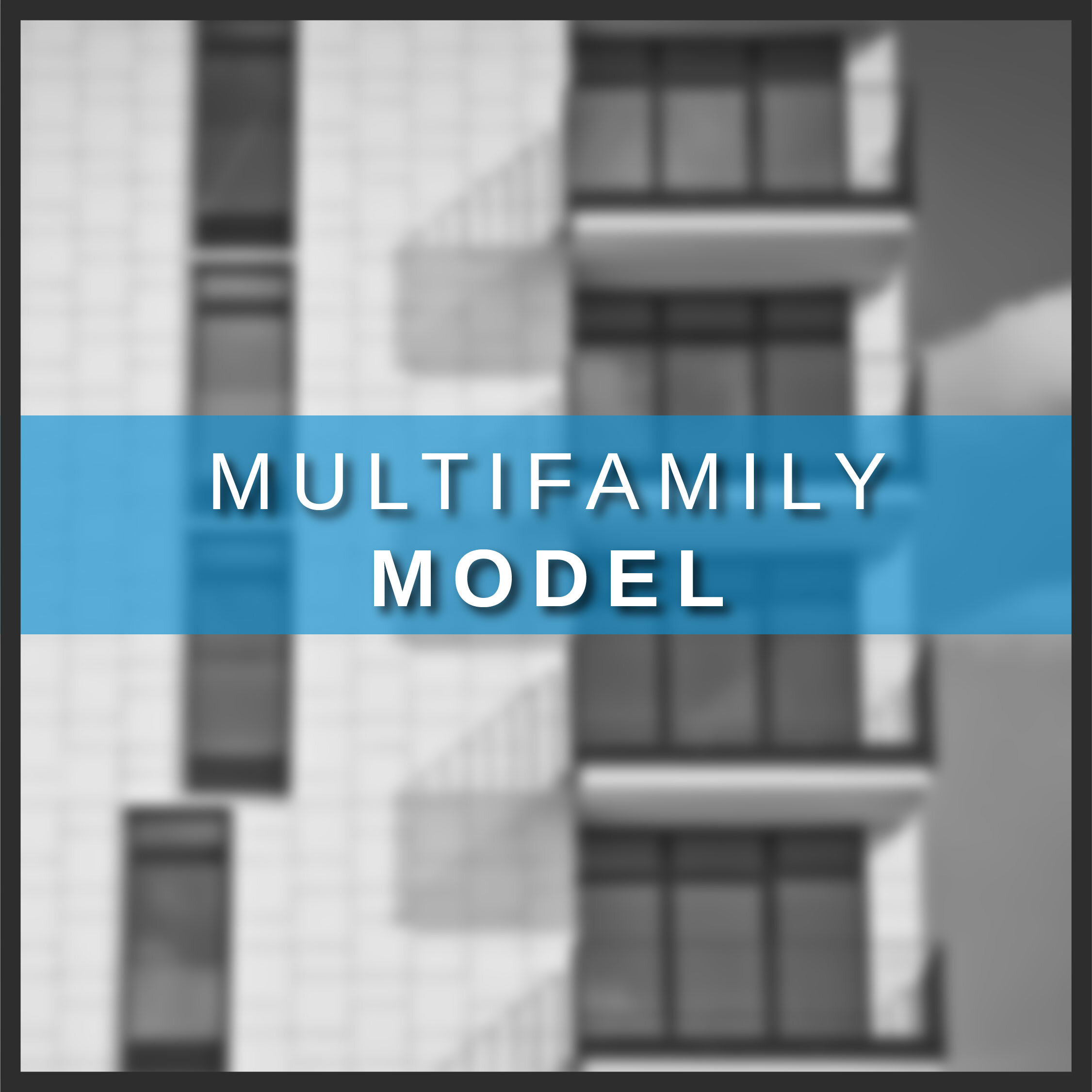
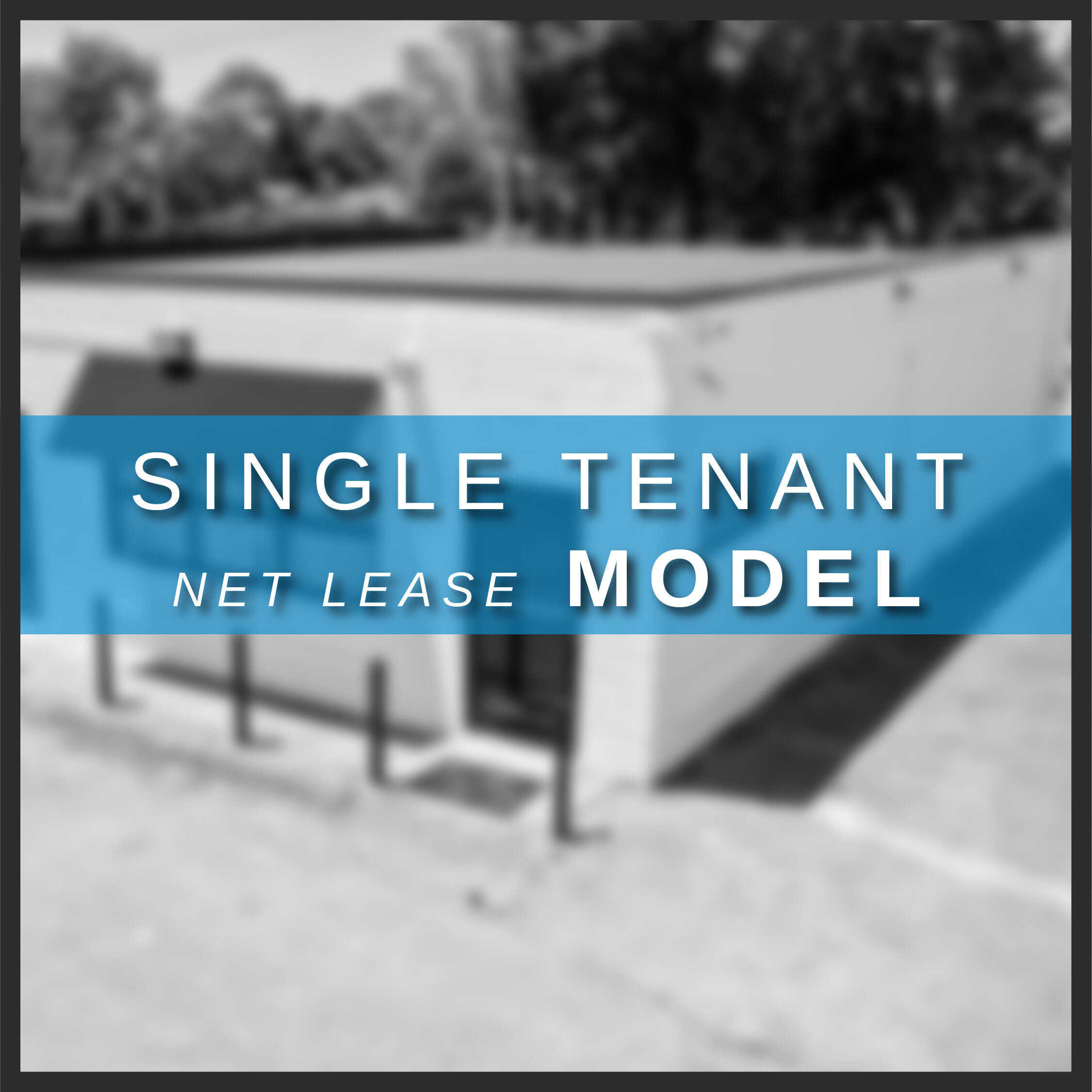
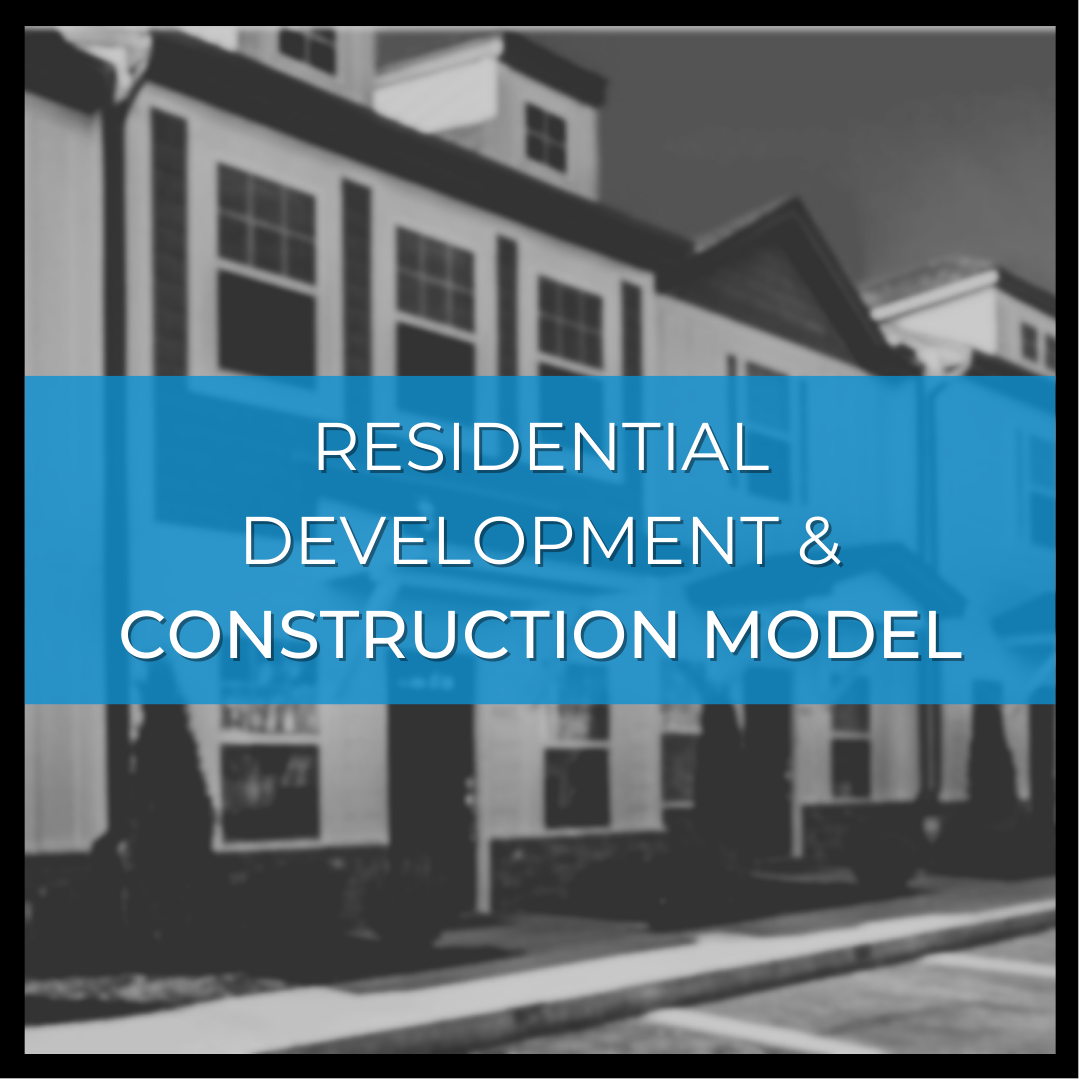



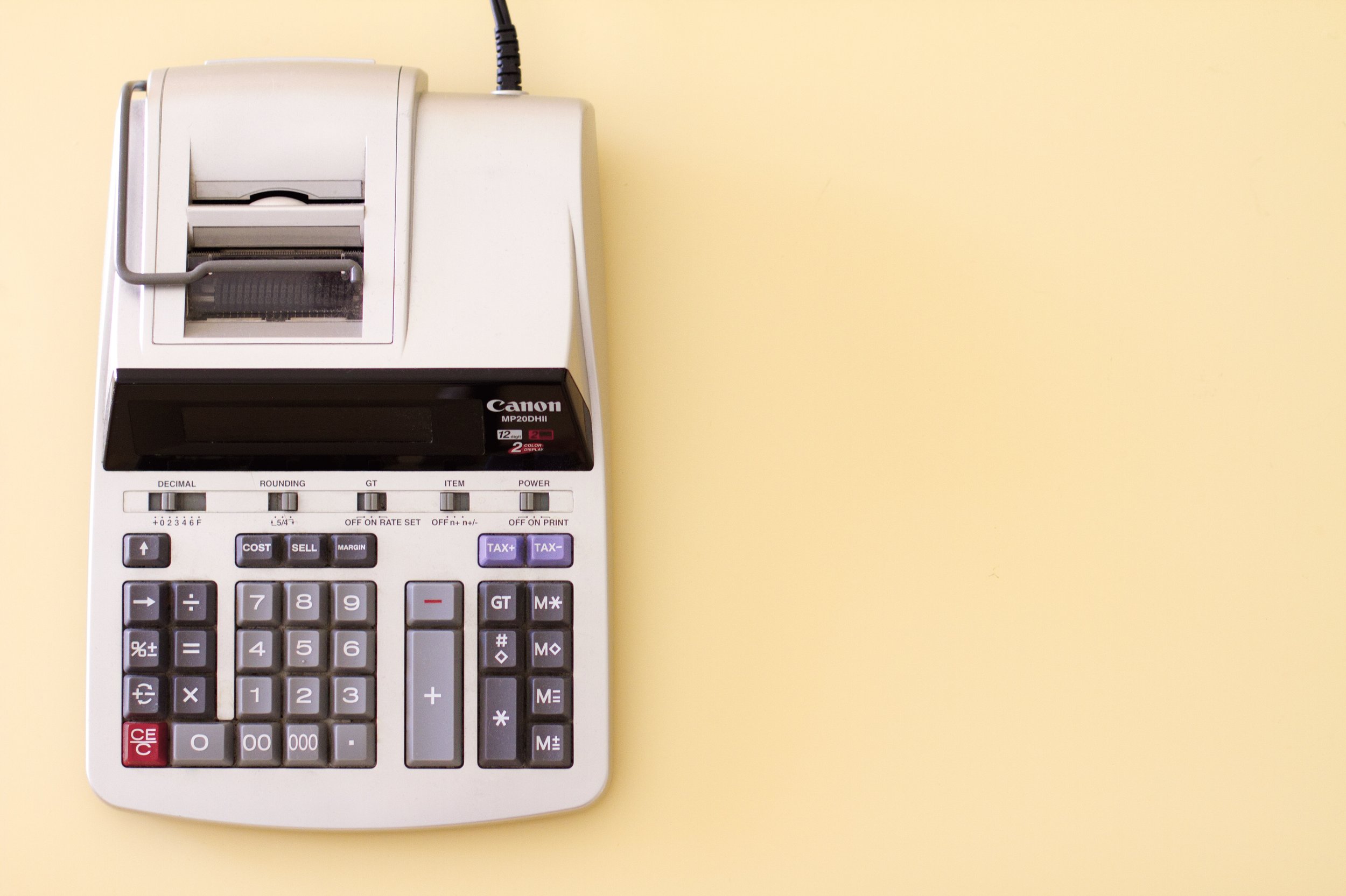


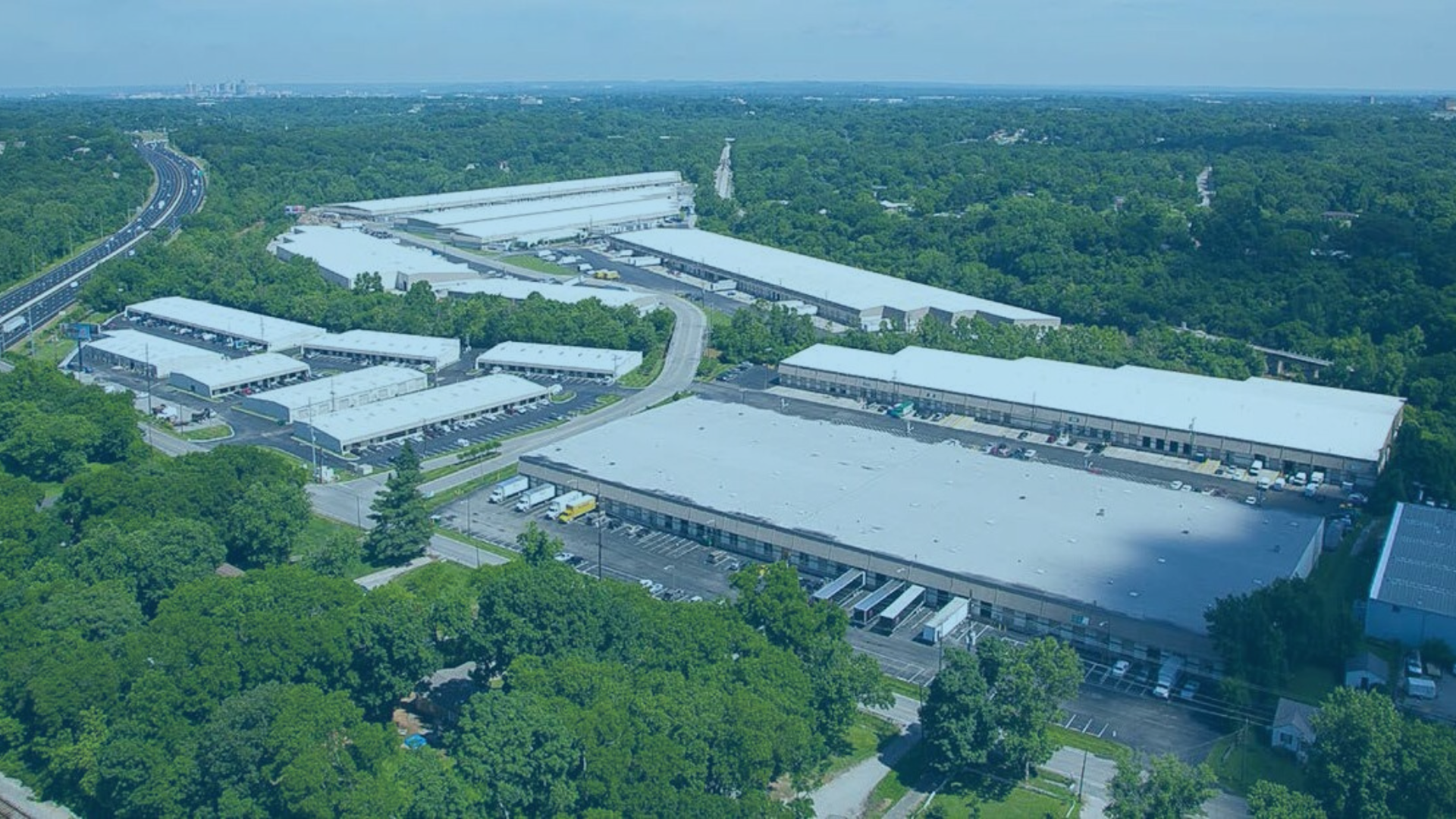





Quickly determine if a deal is worth pursuing or not.